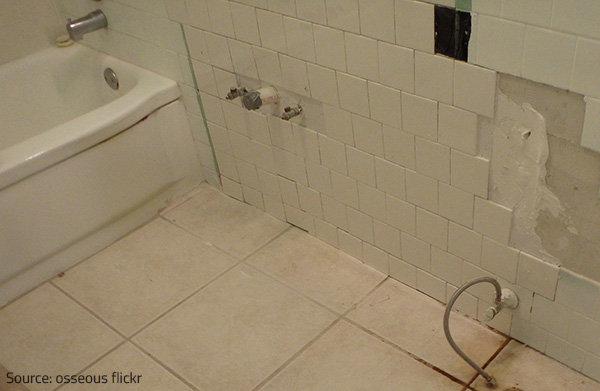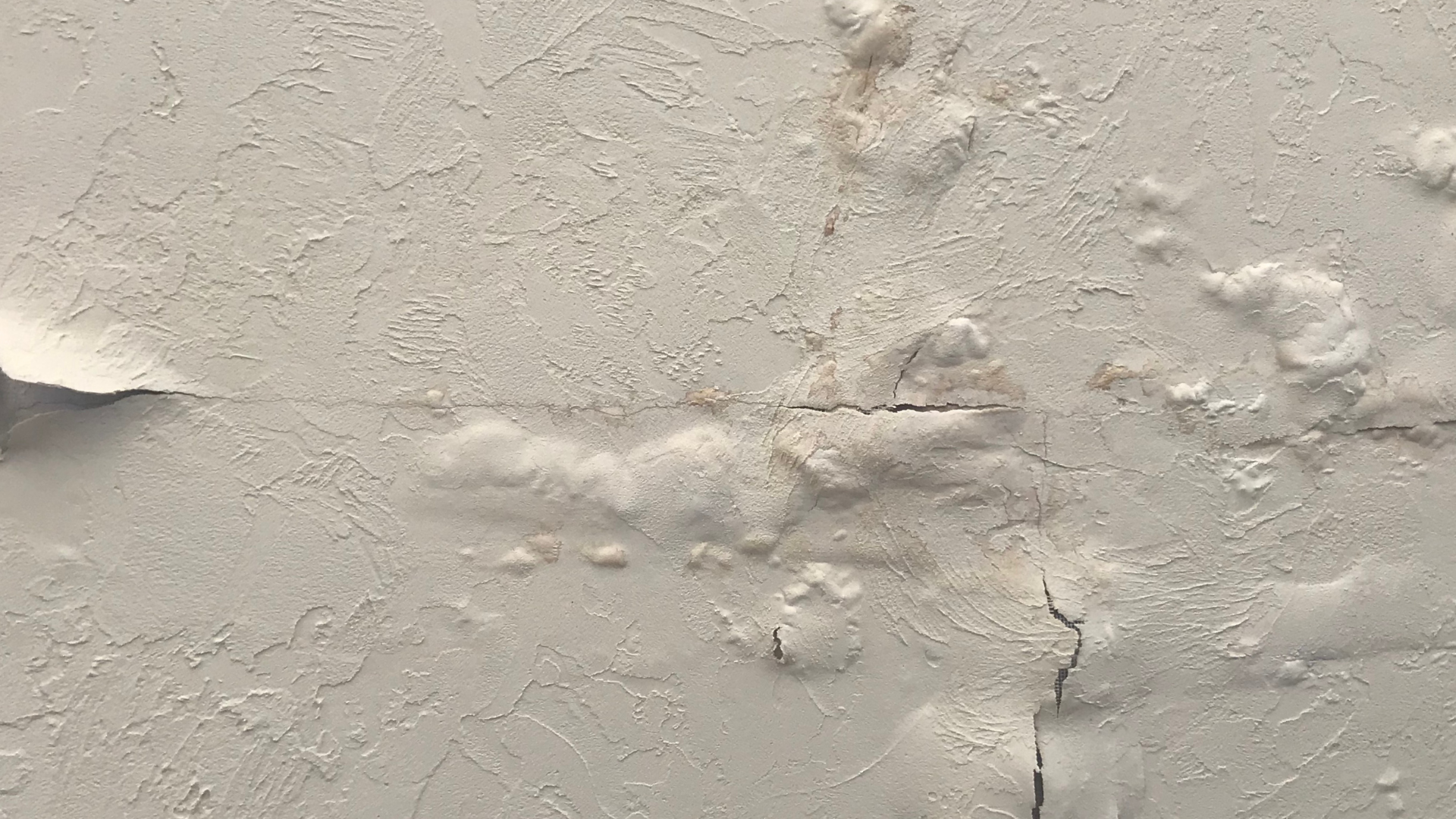The content following next in relation to How to Repair and Prevent Bathroom Water Damage? is really motivating. Don't miss it.

Water damage often happens in the restroom because of the water utilized day-to-day. In some cases, the damage could be a little mold from the shower. Other times, it's huge damage on your flooring. Whatever it is, it is always good to recognize the reason as well as stop it prior to it takes place.
This guide will undergo several of the common sources of water damage in the shower room. We will certainly also examine what you can do to stop these causes from harming your washroom. Allow's dive in.
These are the common reasons you would have water damage in your washrooms and exactly how you can find them:
Excess Wetness
It's trendy to have that lengthy shower as well as sprinkle water while you hem and haw and also imitate you're doing, but occasionally these acts could create water damage to your shower room.
Sprinkling water around can cause water to visit edges as well as create mold and mildews. Enjoy just how you spread out excess wetness around, and also when you do it, clean it up to stop damages.
Fractures in your wall tiles
Bathroom wall tiles have been specifically created for that objective. They protect the wall from wetness from individuals taking showers. However, they are not unbreakable.
Often, your shower room wall surface tiles crack and permit some wetness to permeate right into the wall. This can potentially destroy the wall if you do not take any action. If you see a split on your wall surface ceramic tiles, repair it immediately. Do not wait up until it destroys your wall surface.
Overflowing bathrooms and sinks
As humans, sometimes we make blunders that might trigger some water damage in the bathroom. For instance, leaving your sink faucet on can trigger overflowing and damages to other parts of the bathroom with dampness.
Likewise, a damaged bathroom can cause overflowing. As an example, a broken bathroom manage or various other parts of the cistern. When this takes place, it might harm the flooring.
As quickly as you observe an overruning sink or toilet, call a plumber to aid handle it promptly.
Burst or Dripping Pipelines
There are lots of pipelines lugging water to different parts of your shower room. Some pipes take water to the toilet, the sink, the faucets, the shower, as well as many other places. They crisscross the little location of the washroom.
Occasionally, these pipes could obtain rustic as well as ruptured. Various other times, human action can trigger them to leakage. When this happens, you'll locate water in the edges of your shower room or on the wall.
To spot this, look out for bubbling wall surfaces, molds, or mildew. Call a professional emergency situation plumbing to repair this when it takes place.
Roofing Leakages
Occasionally, the problem of water damage to the restroom could not come from the washroom. For example, a roof covering leak can trigger damages to the washroom ceiling. You can find the damage done by checking out the water discolorations on the ceiling.
If you locate water spots on your ceiling, inspect the roof covering to see if it's harmed. Then, call a professional to aid fix the issue.
Verdict
Water damage to your washroom can be aggravating. However, you can manage it if you avoid several of the causes stated in this guide. Call a specialist emergency plumbing if you discover any kind of severe damages.
How to Prevent Water Damage in Your Bathroom?
Water damage repair is an expensive, meticulous, and lengthy process. Unfortunately, bathrooms are the most susceptible rooms to water damage due to toilets, showers, and sinks. Pipes and fixtures wear out over time and are not immune to damage. But all is not lost, as there are ways to prevent water damage from occurring in your bathroom.
Check Your Plumbing
Nothing lasts forever, especially pipes, which can rust and begin leaking over time. You should periodically conduct pipe inspections and pay attention for any musty smells or water stains that may indicate you need water damage repair. Here are some things to check:
Frequently test valves for your toilet, shower, and sink to ensure they are properly working. Check faucet supply lines hidden under vanities and replace when needed. Replace cracked or deteriorating caulking along sinks, tubs, and showers. If you notice a clog in your sink, call in a professional. Since you can’t check the pipes in the wall, keep an eye out for stains, drywall bubbling, musty smells, and excess moisture; if the bathroom is on a second level, check the ceiling of the room directly below for these signs. Don’t Overwork Your Toilet
One of the most common reasons bathrooms need water damage repair is due to overflowing toilets. Save yourself the hassle of cleanup by being mindful and not pushing your toilet to extreme limits. If you have young children, it is especially important to keep an eye on them when they are in the bathroom and to teach them how to avoid clogging the toilet. Here are some more tips to help prevent your toilet from overflowing:
If you have a septic tank, only use septic-safe toilet paper Do not flush anything down the toilet besides toilet paper; items like diapers and sanitary napkins will clog the piping Pay attention to your toilet’s water level: If it’s low, it could mean it is partially clogged or that there is a crack in the toilet bowl https://www.alure.com/home-improvements-blog/resources/how-to-prevent-water-damage-in-your-bathroom

We were shown that editorial about How to Repair and Prevent Bathroom Water Damage? through an associate on another web address. Are you aware of someone else who is involved in the topic? Do not hesitate to promote it. Thank you for taking the time to read it.
Click For More Info